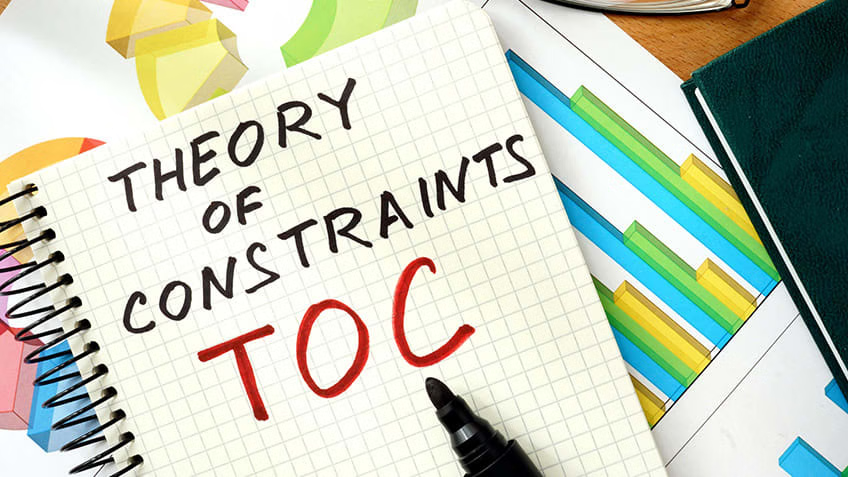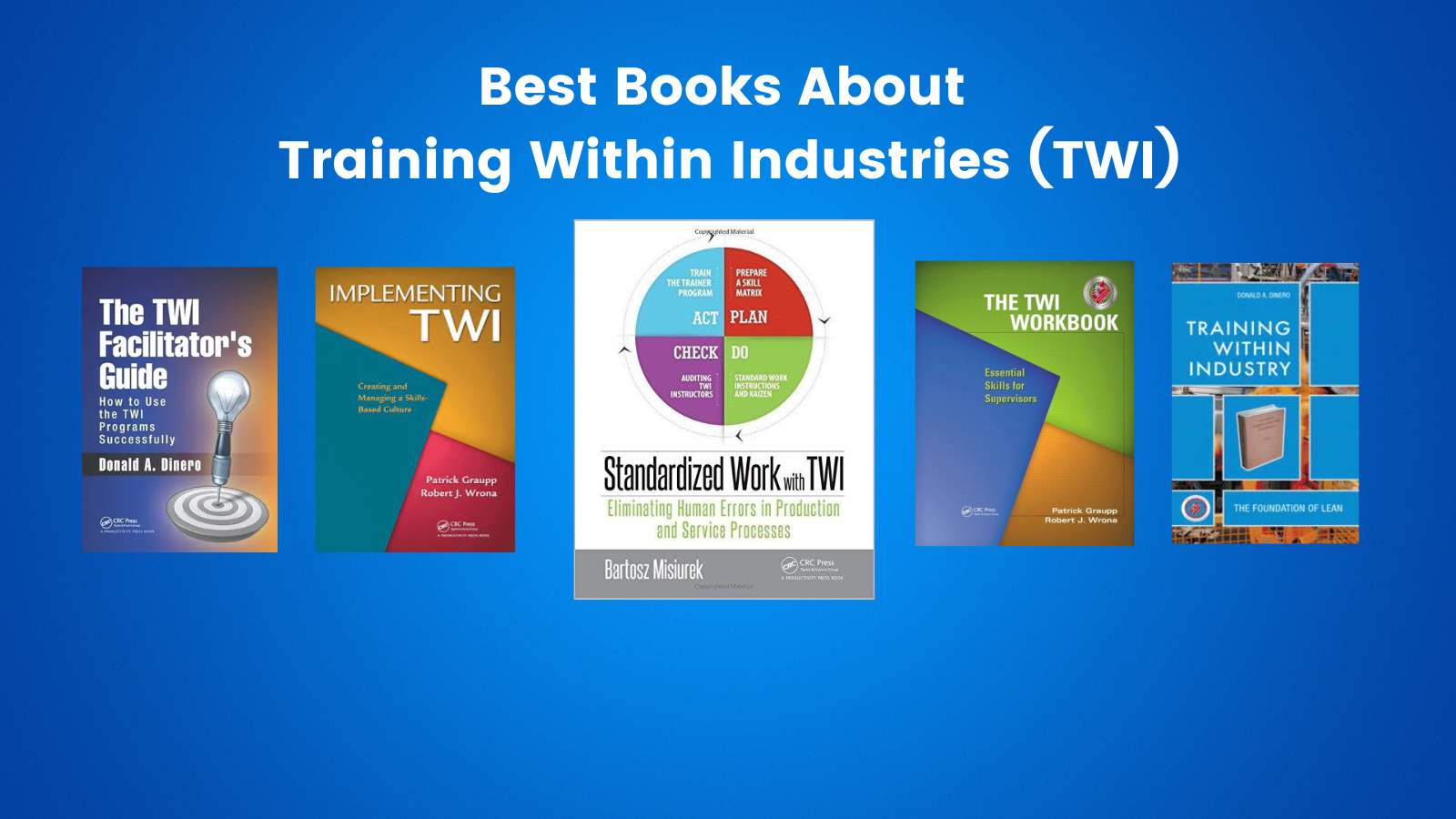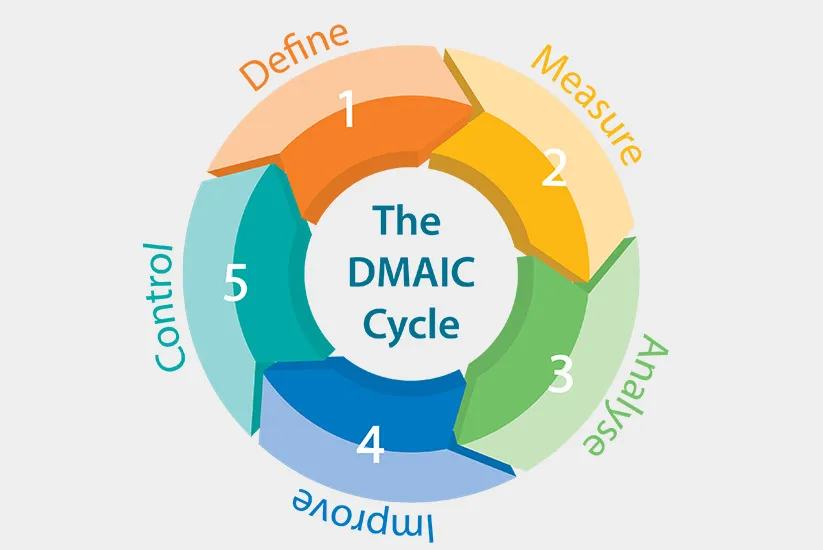The Theory of Constraints (TOC) is a management philosophy developed by Dr. Eliyahu M. Goldratt in the 1980s. It is based on a simple yet powerful principle:
Every system has at least one constraint that limits its overall performance.
In other words, no matter how complex an organization is, its ability to achieve its goals is restricted by a few critical limitations—often just one. The aim of TOC is to identify and manage these constraints to improve the entire system’s output rather than optimizing isolated parts.
Table of Contents
ToggleThe Central Idea of the Theory of Constraints
Traditional management often focuses on improving local efficiency—departments, teams, or machines. TOC challenges this view by asserting that improving non-constraints doesn’t necessarily improve system performance.
The focus must be on the weakest link in the chain — the constraint — because strengthening it increases the capability of the entire system.
The Origins of the Theory of Constraints
From Physics to Management
Dr. Eliyahu M. Goldratt, originally a physicist, introduced TOC through his groundbreaking business novel “The Goal” (1984). The book follows a factory manager struggling to save his plant and, through a mentor’s guidance, discovers that bottlenecks dictate the pace of the whole operation.
Goldratt’s key insight was drawn from systems thinking:
Organizations, like physical systems, are interconnected. Any system’s throughput is determined by its slowest or most constrained component.
Over time, TOC evolved from a manufacturing improvement tool into a universal management methodology, applicable across industries—from production and logistics to healthcare, education, and IT.
The Five Focusing Steps of Theory of Constraints
The core process of TOC consists of five logical steps known as the Five Focusing Steps:
-
Identify the Constraint – Find the process or resource that limits the system’s performance.
-
Exploit the Constraint – Maximize the effectiveness of the constraint without significant investment.
-
Subordinate Everything Else – Align all other processes to support the constraint’s maximum utilization.
-
Elevate the Constraint – If the constraint still limits performance, take actions to remove or increase its capacity.
-
Repeat the Process – Once one constraint is resolved, another will emerge. Continuous improvement never stops.
This cyclical approach ensures that organizations continually evolve and improve their overall flow and throughput.
Key Concepts in Theory of Constraints
Throughput, Inventory, and Operating Expense
TOC defines three core performance measures that apply to any system:
-
Throughput – The rate at which the system generates money through sales or valuable output.
-
Inventory – All the money invested in items intended for sale or service delivery.
-
Operating Expense – All the money the system spends to turn inventory into throughput.
By focusing on these three elements, TOC helps managers understand how local actions impact global performance.
The Goal: Continuous Flow
TOC aims to ensure smooth, synchronized flow across the entire process. Instead of maximizing individual efficiencies, it promotes systemic balance — ensuring that work flows through the organization without bottlenecks, delays, or waste.
Applications of the Theory of Constraints
1. Manufacturing and Production
TOC originated in production environments, helping factories dramatically improve throughput and lead times. Techniques such as Drum-Buffer-Rope (DBR) scheduling synchronize work with the system’s constraint, preventing overproduction and chaos on the shop floor.
2. Project Management
In project environments, TOC evolved into the Critical Chain Project Management (CCPM) method. It focuses on managing project constraints — such as time, resources, and dependencies — to deliver faster and more reliably than traditional Gantt-based methods.
3. Supply Chain and Logistics
TOC’s buffer management principles enhance visibility and responsiveness in supply chains. By controlling flow rather than inventory, organizations reduce lead times, improve reliability, and lower working capital.
4. Services and Healthcare
Hospitals, legal firms, and service centers use TOC to manage workloads, reduce patient waiting times, and align staff schedules. The focus on system flow helps balance workload across departments, ensuring better service quality and employee satisfaction.
5. Personal Productivity and Education
Even individuals apply TOC thinking — identifying their personal “bottlenecks” such as time, attention, or priorities. Schools and universities use TOC to streamline teaching processes and foster problem-solving skills among students.
TOC as a Thinking Process
Beyond tools and methods, TOC is also a way of thinking. Goldratt developed logical decision-making frameworks called TOC Thinking Processes, which include:
-
Current Reality Tree (CRT) – To map cause-and-effect relationships behind problems.
-
Future Reality Tree (FRT) – To visualize desired outcomes and how to achieve them.
-
Evaporating Cloud (Conflict Resolution Diagram) – To solve conflicts between competing objectives.
These tools help organizations analyze complex problems systematically and design breakthrough solutions.
TOC and the Idea of Continuous Improvement
While TOC shares philosophical roots with Lean Management and Six Sigma, it differs in focus:
| Framework | Core Question |
|---|---|
| Lean | How can we eliminate waste? |
| Six Sigma | How can we reduce variation? |
| TOC | What is limiting our performance — and how can we remove it? |
Together, these methods complement each other: TOC identifies where to improve, while Lean and Six Sigma help how to improve.
Modern Relevance of Theory of Constraints
In an era of rapid change, complexity, and digital transformation, the Theory of Constraints remains strikingly relevant. Its logic-driven simplicity makes it an ideal framework for:
-
Scaling agile organizations,
-
Improving flow in hybrid work systems,
-
Optimizing supply chains disrupted by global events,
-
Guiding strategic focus in resource-constrained environments.
TOC’s greatest strength is its universality: it can be applied anywhere there’s a process, a goal, and a limiting factor.
Conclusion – Theory of Constraints
The Theory of Constraints teaches that improvement starts not with doing more but with doing the right thing in the right place.
By finding and managing the system’s true constraint, organizations can unlock hidden potential, boost performance, and create a culture of ongoing improvement.
As Eliyahu Goldratt famously said:
“Tell me how you measure me, and I will tell you how I will behave.”
TOC helps ensure that those measurements, and the behaviors they inspire, truly lead toward the goal.

Dr. Bartosz Misiurek is a co-founder of a few start-ups like Leantrix, Lean Community, Leancoin, etwi, Lean Global Consulting, Sallar. He is a CEO at LeanTrix Ltd., Leancoin Ltd, Do Lean IT OU, and a Member of the Board at Astral Hodling OU. Author of the book “Standardized Work with TWI: Eliminating Human Errors in Production and Service Processes.” He works as Sr Manager and TWI Global Coach at Automotive Company.






